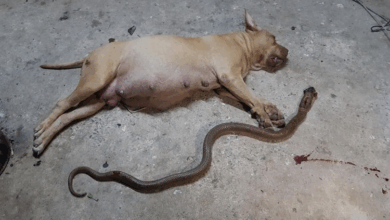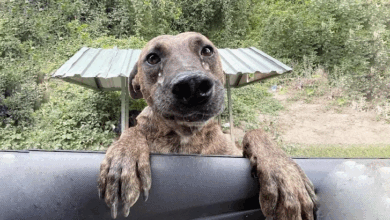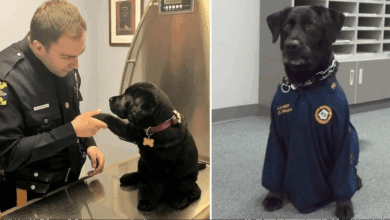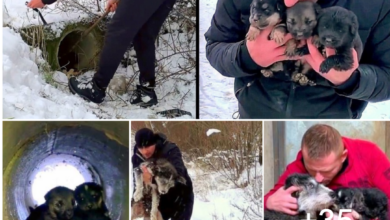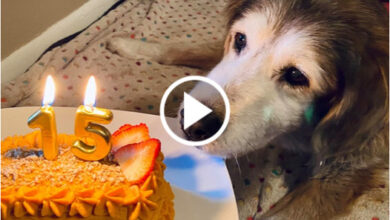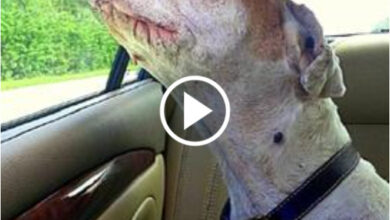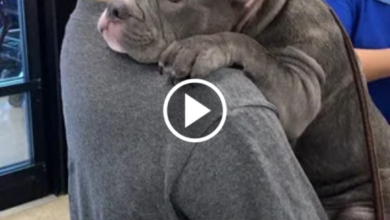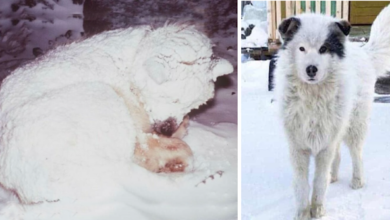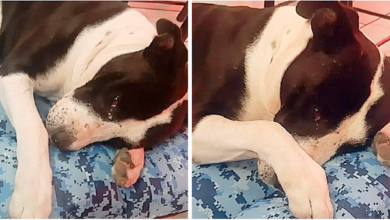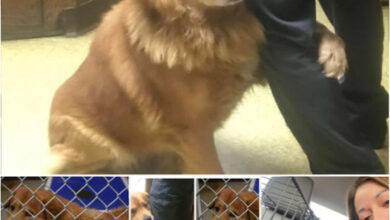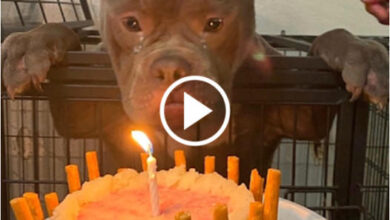Raw Dog Food Diet: Benefits & Potential Risks

Are you considering switching your furry companion to a raw dog food diet? This trendy diet is gaining popularity among pet owners who want to provide their dogs with the best nutrition possible.
However, before making any changes to your dog’s diet, it’s essential to understand the pros and cons of a raw dog food diet. A raw dog food diet consists of feeding your dog uncooked meat, bones, fruits, and vegetables.
The idea behind this diet is that it mimics what dogs would eat in the wild as carnivorous animals. Supporters of this diet argue that it provides better nutrition for dogs and can lead to several health benefits such as healthier skin and coat, improved digestion, and increased energy levels.
However, there are also potential risks associated with this type of diet that you should consider before making any decisions for your furry friend.
Understanding the Raw Dog Food Diet
Understanding the raw dog food diet isn’t just about feeding your furry friend raw meat. It involves a careful balance of nutrients and supplements to ensure their optimal health. The benefits of raw dog food are numerous, such as better oral health, shinier coats, and stronger immune systems. However, it’s important to understand that not all dogs have the same nutritional requirements.
When considering a raw dog food diet for your pet, it’s essential to consult with a veterinary nutritionist or a veterinarian who specializes in canine nutrition. These professionals can help you create a balanced diet plan that meets your dog’s specific needs based on their age, breed, activity level, and health condition.
Raw diets usually consist of muscle meat, organs (liver and kidneys), bones (ground or whole), vegetables/fruit, and sometimes supplements like fish oil. Understanding the nutritional requirements of your furry friend is crucial when deciding on their diet plan. Feeding them a balanced raw dog food diet can provide numerous benefits but requires proper planning with professional guidance.
In the following section about the ‘pros of the raw dog food diet,’ we’ll discuss some additional advantages that this type of feeding provides for our four-legged friends.
Pros of the Raw Dog Food Diet
You’ll love the health benefits of feeding your furry friend a fresh, nutrient-rich meal every day! The raw dog food diet has numerous advantages that can improve your pet’s overall well-being. Here are some of the benefits:
- Improved Digestion: Raw food contains natural enzymes that help dogs digest their meals more efficiently. This can reduce the risk of digestive problems such as bloating and diarrhea.
- Better Dental Health: Chewing on raw meat, bones, and vegetables can help remove plaque and tartar from your dog’s teeth, preventing dental diseases such as gingivitis.
- Increased Energy: Since raw food is high in protein and fat, it provides dogs with the energy they need to stay active throughout the day. It also helps maintain healthy muscles and joints.
Feeding your dog a balanced diet that meets their nutrition requirements is crucial for their long-term health. The raw dog food diet offers many benefits, including improved digestion, better dental health, and increased energy levels. However, there are also some drawbacks to consider before making the switch.
Cons of the Raw Dog Food Diet
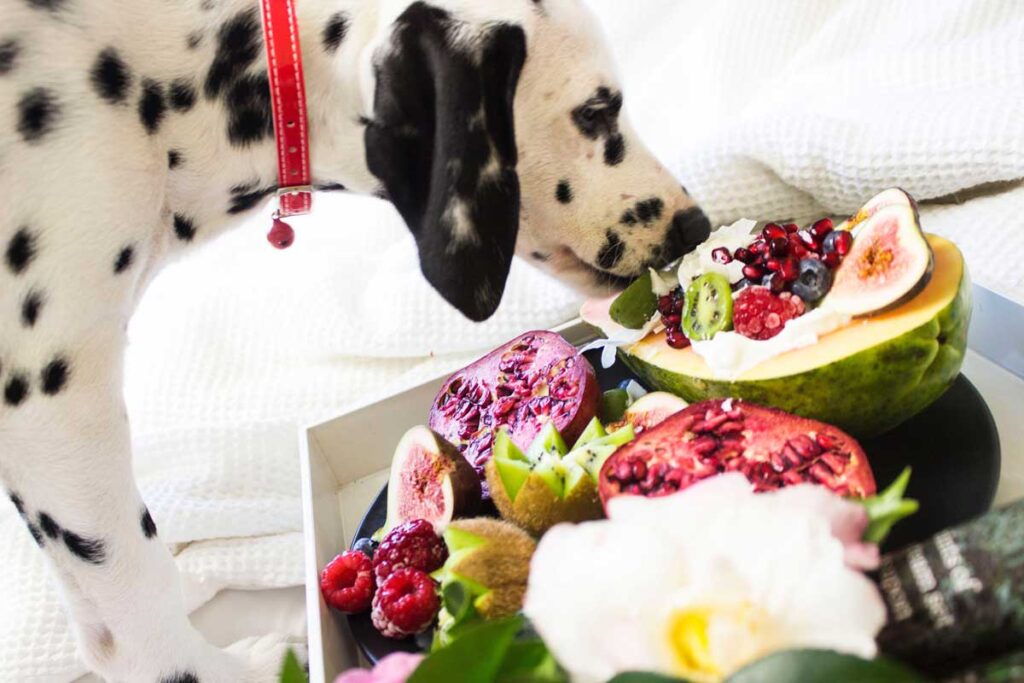
Despite some claims, it’s important to examine the potential downsides of feeding your pet a raw dog food diet. One major concern among veterinarians and animal nutrition experts is the risk of nutritional deficiencies. Unlike commercial dog food that is specifically formulated with all necessary nutrients for a dog’s health, raw diets can be imbalanced and lack essential vitamins and minerals.
Another issue with raw dog food diets is the potential for bacterial contamination. Raw meat can contain harmful bacteria such as Salmonella or E. coli, which can cause serious illness in both dogs and humans who come into contact with the infected feces or vomit of affected animals. This poses an even greater risk if there are young children or immunocompromised individuals in the household.
Lastly, feeding your pet a raw diet can also be expensive and time-consuming to prepare properly. It requires careful meal planning to ensure that all necessary nutrients are included in each serving, as well as proper storage and handling to prevent bacterial growth. Additionally, it may not always be convenient to find high-quality ingredients needed for a balanced raw diet.
Although there are some benefits associated with feeding pets a raw diet, it’s important to consider these potential downsides before making any dietary changes for your furry friend. In addition to nutritional deficiencies and bacterial contamination risks, there are also other potential health risks associated with this type of diet that will be discussed in the subsequent section.
Potential Health Risks
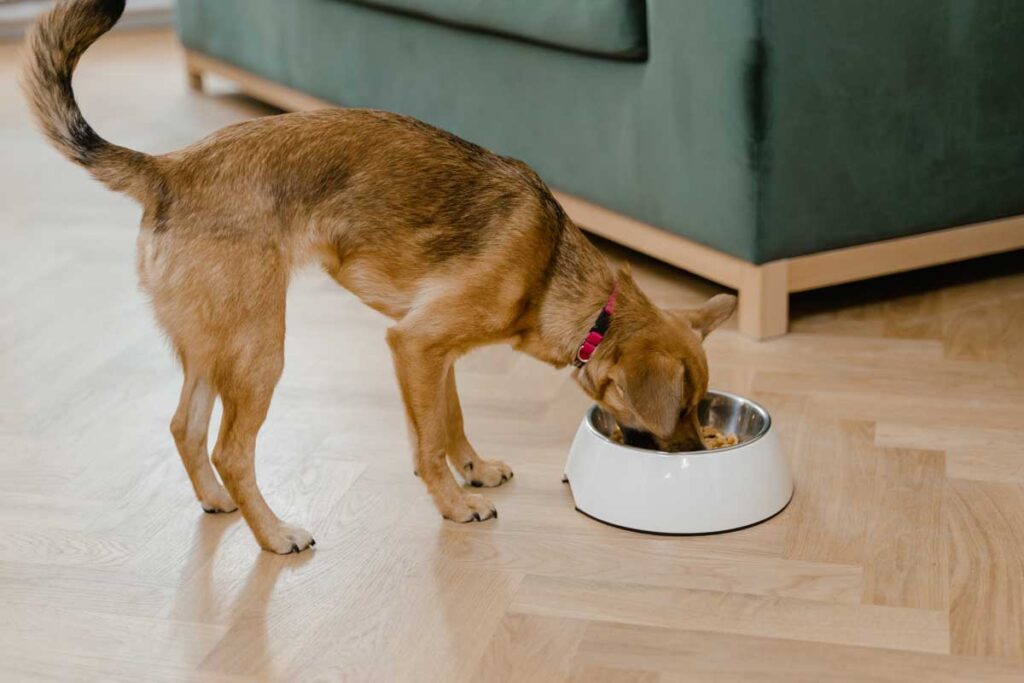
Be aware of the potential health risks associated with feeding your furry friend a raw diet. While some advocates of the raw food diet claim that it can provide numerous health benefits, there are also concerns about the safety of this type of diet for dogs.
Controversial studies have suggested that raw dog food diets may increase the risk of bacterial infections, such as salmonella and E. coli. Veterinarian opinions on the raw dog food diet are mixed. Some argue that feeding your dog a balanced and properly prepared raw food diet can be beneficial for their overall health and wellbeing. However, others caution against the potential risks associated with handling and preparing raw meat in your home environment.
Considering both sides of this debate is important when making decisions about your dog’s dietary needs. While there may be benefits to feeding your furry friend a raw food diet, it’s also important to weigh these against any potential health risks or concerns raised by veterinarians and other experts in the field.
As you consider whether or not to feed your dog a raw food diet, keep cost considerations in mind as well – which we’ll discuss in the next section.
Cost Considerations
Considering the financial aspect of feeding your furry friend a raw diet is an important factor to take into account when making decisions about their overall health and well-being. While it may seem like a more expensive option than traditional kibble, there are ways to budget and save money.
One tip is to buy in bulk or join a co-op where you can split the cost with other pet owners. Another option is to source ingredients from local farmers or butchers, which can often be cheaper than buying pre-packaged raw food.
When budgeting for a raw diet, it’s also important to consider any additional costs that may arise such as supplements or veterinary check-ups. It’s recommended that dogs on a raw diet receive regular blood panels to ensure they’re getting all the necessary nutrients and not at risk for deficiencies. These check-ups may come at an extra cost, so it’s important to factor them into your overall budget.
Overall, while feeding your dog a raw diet can be more expensive than traditional kibble, there are ways to make it more affordable through bulk buying and sourcing options. It’s important to take into consideration any additional costs such as supplements and vet visits when creating your budget. With these factors in mind, you can make informed decisions about your furry friend’s nutrition without breaking the bank.
As you consider transitioning your dog to a raw diet, keep these financial considerations in mind alongside the steps for a successful transition.
Transitioning Your Dog to a Raw Diet
If you’re ready to make a change in your furry friend’s meal plan, there are some helpful tips for transitioning them to a raw diet. First and foremost, it’s important to remember that dogs have different nutritional requirements than humans. Therefore, before making any changes to their diet, consult with your veterinarian.
When transitioning your dog to a raw diet, start by introducing small amounts of raw food into their current meals. This will help their digestive system adjust gradually and prevent any stomach upset or diarrhea. Increase the amount of raw food slowly over several days until they are eating only raw food.
It’s also important to ensure that your dog is receiving all of the necessary nutrients in their new diet. Consult with your veterinarian or a certified canine nutritionist to create a balanced meal plan that meets all of their nutritional requirements.
With patience and proper planning, transitioning your dog to a raw diet can be a successful and healthy change for them.
In order to make an informed decision about whether the raw food diet is right for your furry friend, it’s important to weigh both the pros and cons carefully.
Making an Informed Decision
As you weigh the advantages and disadvantages of a raw dog food diet, it’s important to take into account all of the different factors that may impact your decision.
One of the most critical considerations is whether or not this type of diet meets your dog’s nutritional requirements. While raw diets can provide many essential nutrients, they also pose some risks if not carefully balanced. You should consult with your veterinarian to determine whether a raw diet would be appropriate for your pet.
Another common misconception about raw diets is that they’re always safer and healthier than commercial dog foods. However, there have been numerous cases of dogs becoming sick from contaminated meats and other ingredients in homemade raw diets. Additionally, some dogs may struggle to digest certain types of raw foods, leading to digestive issues or nutrient deficiencies over time.
Ultimately, making an informed decision about feeding your dog a raw diet requires careful consideration of your pet’s individual needs and lifestyle factors. It’s important to do plenty of research and seek guidance from professionals before embarking on any major changes to your dog’s diet.
While a properly balanced raw diet may offer some benefits for certain pets, it’s essential to weigh these potential advantages against the risks and challenges involved in this approach.
Conclusion
So, you’ve read about the pros and cons of the raw dog food diet. You may be wondering if this is the right choice for your furry friend. Ultimately, it’s up to you to weigh the risks and benefits and make an informed decision.
Here’s a metaphor to help illustrate: think of your dog as a car engine. Just like an engine needs fuel to run smoothly, your dog needs proper nutrition to thrive. The type of fuel you choose can impact performance and longevity.
While some people swear by the raw diet, others find it too risky or expensive. It’s important to do your research, consult with a veterinarian, and consider all factors before making any drastic changes.
Remember that every dog is different – what works for one may not work for another. If you do decide to transition your dog to a raw diet, take it slow and monitor their health closely. Keep in mind that there are other options available if this isn’t the right fit for your pup.
At the end of the day, what matters most is providing your furry companion with love, care, and nourishment for a happy and healthy life.
Read more:


